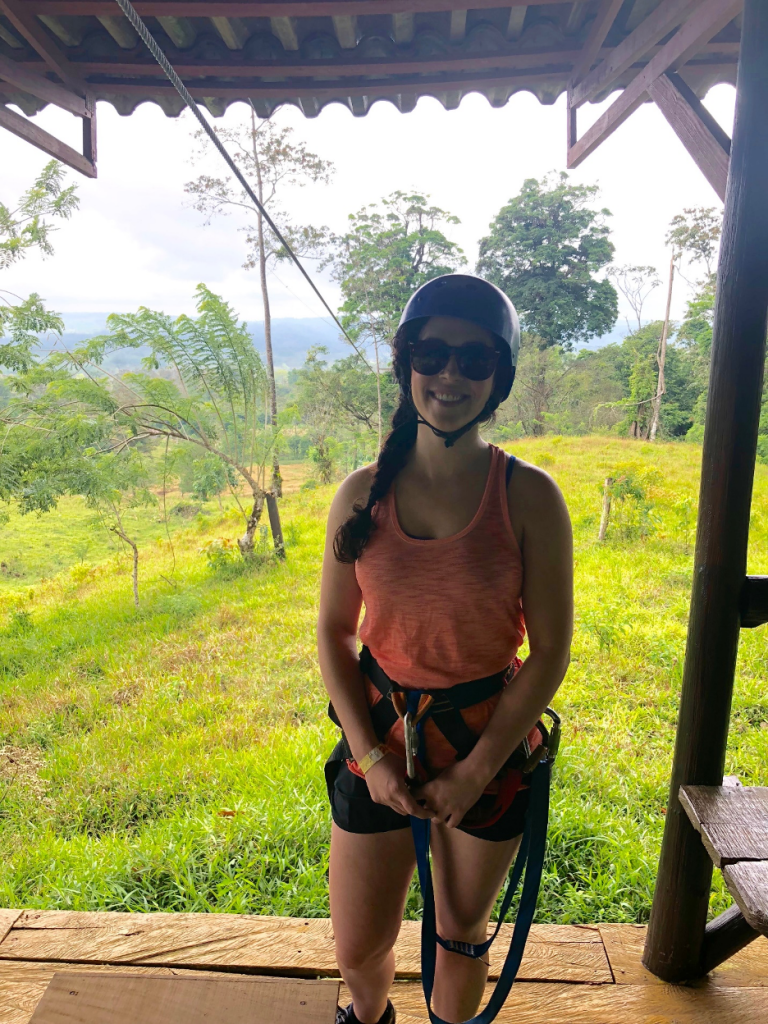Whiplash
Description
Typically, people think of a whiplash injury when someone is involved in a car accident. Whiplash is a condition in which the head and neck are pushed forward and backwards very quickly, even at low speeds. In a car accident, a person also shakes up their internal organs. Over half of whiplash-associated disorders (WAD) lead to chronic pain. A systemic medical literature review points to continuing pain possibly due to central sensitization. Whiplash injuries typically do not present on diagnostic imaging studies (Van Oosterwijck, 2013). WAD is commonly associated with a rear end collision in a motor vehicle, but can be caused by sports, falls, and any other trauma that causes the head and neck to be forcibly accelerated back and forth. ANY structures in the head, neck, and those structures attached to the head and neck can be damaged in a WAD. Patients experience can vary from mild headaches, and neck pain to numbness/tingling, sleep and cognitive changes to concussion like symptoms. (19982019 Mayo Foundation for Medical Education and Research, 2019). WAD are caused when up to 2.5x the force of the maximum acceleration of the car, blow, or fall rapidly is deaccelerated at the end ranges of the tissues (White, 2009). Whiplash is a complicated and serious injury which can damage, swell, and inflame the fascia around the nerves, arteries, lymphatics/veins, dura, tendons, muscles, and ligaments of the head and neck and other parts of the body. Often symptoms do not start immediately but get worse over the following few days. Concussions in a whiplash incident can also be overlooked. The neuro protective reflex to all of these tissues is often very high and a major cause of continuing pain. Once a person has had a medical work-up to rule out severe injury, they often seek a variety of direct tissue manipulation to address their pain and may get partial or temporary relief.Fascial Counterstrain Treatment
How does Fascial Counterstrain help with whiplash? A Counterstrainer performs a comprehensive assessment identifying the location of the neuro protective reflexes(tenderpoints) of each area of fascial dysfunction. Treatment is a gentle decompression of the involved tissues to drain inflammation and edema and to turn off the protective reflexes allowing the muscle spasms/guarding to relax and healing to begin. This allows brain fog to clear, headaches to resolve, pain in the neck and head to be eliminated, and movement restored to normal. Left unresolved, the protective neuro reflexes of the head and neck can lead to bizarre and wide range problems including digestion issues via the vagus nerve and visceral fascia tightness, difficulty taking a deep breath, numbness/tingling, vision problems, balance disorders, limited movements, anxiety, depression, and chronic pain.Patient Testimonial
Here is a video description of Amy’s experience.
 Amy ziplining in Costa Rica![/caption]
Amy ziplining in Costa Rica![/caption]
